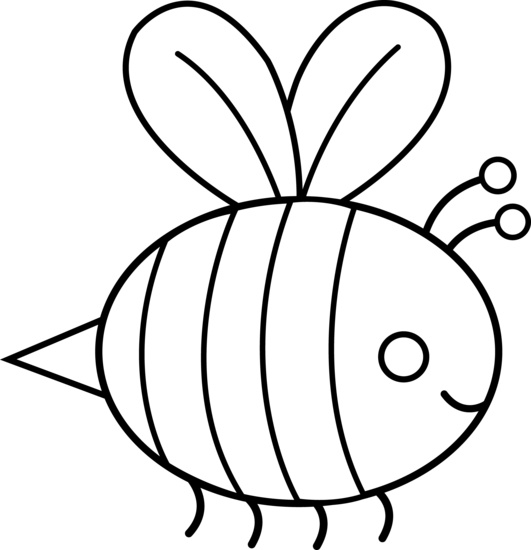

Hairy honey bee (Apis mellifera) on sedum. Some flies, especially bee flies, can be hairy like honey bees (Figure 2), bumble bees and digger bees, and can hover and move quickly from flower to flower while foraging, just like bees. Most flies that resemble bees have short, three-segmented antennae, while bees have longer, cylindrical antennae of 12 (female) or 13 (male) segments. Bees have well developed forewings and hind wings.įlies have large compound eyes that occupy most of the head, while bees have narrow compound eyes on the sides of the head. Flies have a set of front wings (forewings), but the hind wings are small, knob-like balancing organs called halteres, so flies appear to have only two wings (Figure 1). Some flies, especially hover flies and bee flies, can be mistaken for bees because their body form, color and hair patterns, buzzing sounds and behaviors mimic bees. This brief guide will help you tell some of these insects apart. Whether you call them “bee-mimics,” “wanna-bees” or “yellow-stripey-things,” most are beneficial helpers in our yards and gardens.

In fact, many insects imitate bees in order to avoid unwanted attention. Editor's note: This article was a joint collaboration between North Dakota State University and Michigan State University Extension.Įveryone knows bees love to visit flowers, but not everything you see visiting flowers or buzzing around the garden is a bee.


 0 kommentar(er)
0 kommentar(er)
